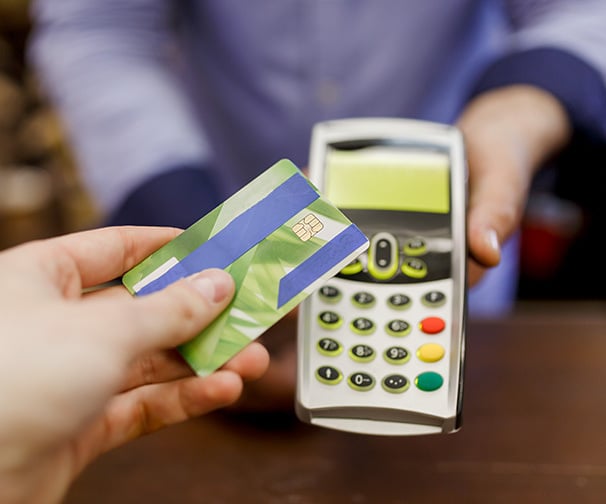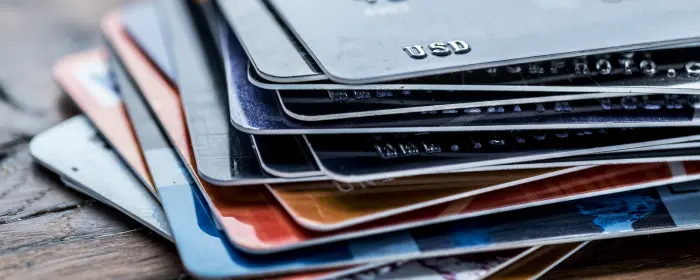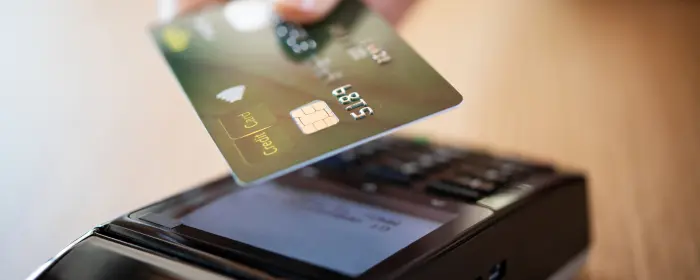As the payment ecosystem shifts into the digital age, shoppers and merchants revel in the benefits. The relative ease of using digital payments, the instant visualization of cash flow, and the time saved on both sides of the register have led to an explosion in the constantly evolving space. But with any groundbreaking technology comes downsides that experience their own evolution. According to WalletHub, global card fraud cost card issuers, merchants, and ATM acquirers a combined $28.58 billion in 2020. The US accounted for 35.83% of these total losses according to Wallethub. This issue affects all merchants and card issuers across the globe, and the problem is expected to grow exponentially over the next decade. Criminals use a variety of tactics to run these scams, but the following represent a few of the most common examples of credit card fraud.
Article Highlights
- Credit card fraud takes on many different forms. From stolen credit cards to skimming, scammers have multiple methods of making unauthorized credit card charges.
- Merchants should learn how to fight credit card fraud and help protect customers if possible.
- Consequences for merchants include, revenue losses, damaged reputation, and rates being raised.
Card Not Present Fraud
While credit card fraud conjures up thoughts of swiping pockets and reading PINs, not every scam requires a physical act. Card not present (CNP) fraud does not require the criminal to possess your customers’ physical cards. Card-present transactions involve data being captured at the point of sale through contactless terminals, traditional POS systems, or mobile card devices connected to a smartphone. On the other hand, Card-not-present comprises online shopping, recurring subscriptions, purchases made over the phone, and more.
CNP fraud has exploded in frequency thanks to the growth of eCommerce, making way for a bevy of complex malware attacks that can fool any merchant or consumer who does not have their guard up. It now makes up the majority of all card fraud. To protect against CNP fraud, merchants should have a robust Address Verification service. This tool detects card fraud by ensuring the address provided by a customer matches the one associated with the card account. Based on AVS response codes, the merchant can then determine whether to approve or decline a purchase.
In addition to AVS, merchants can validate card security codes entered by customers. By validating this code, you ensure that the customer is in possession of the card. Finally, it is vital to ensure your business is PCI compliant. The Payment Card Industry Security Standards Council manages twelve security standards that merchants must meet for compliance. Check out our blog on PCI Compliance and its requirements for more information.
Skimming Fraud
Unfortunately, clones don’t only exist in science fiction. Card skimming, or card cloning, is the process of stealing card details electronically and using the information to create a separate but identical account. Skimming devices can be attached to ATMs or even your business’ own terminal. Because victims still have the physical card with them, the skimming of credit cards can take a while to notice, leaving both themselves and the merchant in a lurch until they detect an issue on their bank statement. Inspect your terminals often to ensure no tampering and encourage customers to protect their PIN.
Chargeback Fraud
Chargeback fraud, also known as friendly fraud, occurs when a card owner disputes a transaction in an attempt to reclaim money from the card issuer. This process is in place to protect consumers but can be used to claim that a legitimate purchase was either not received or not authorized. These fraudsters don’t exist in the shadows like those who use skimming devices or steal data through POS systems. Those committing chargeback fraud have a few go-to stories when disputing a purchase:
- They didn’t receive the item they purchased.
- The customer claims they never purchased the item in the first place.
- The customer takes issue with your business’ refund policy, claiming they never received their money back after returning an item.
These are just a few of the likely stories from fraudsters. You'd be correct if you think they all sound like legitimate issues! Some cases of friendly fraud are accidental and completely truthful on the customer’s end. Customer satisfaction is always the number one goal. A fair refund policy will go a long way in preventing chargebacks while enhancing your reputation and bringing in repeat visitors.
Because merchants lose a sale when the chargeback process goes through, it is possible to fight this type of fraud after it occurs. However, this will involve significant time and effort, leading many merchants to pay out the chargeback. If a business falls victim to a large number of chargebacks, card issuers may raise rates or put funding on hold. In many cases, processors must close your merchant account if it exceeds the 1% industry-standard maximum.
Merchants have a few options at their disposal to reduce chargeback fraud and avoid such dire consequences. Offering clear and detailed descriptions for every policy your business has is a great start. Your terms of service should be clearly outlined for customers, and a fair refund policy should be offered to reduce chargebacks. Meticulously maintaining detailed records on all purchases and communications will also prepare you and your business for any disputes that may arise.
Identity Theft and Stolen Card Fraud
Last but far from least is one of the most common forms of credit card fraud, stolen or lost cards. If a customer misplaces their card or has it stolen, the thief has carte blanche to use it as they see fit until the customer cancels the card or a credit limit is reached. To help prevent this, face-to-face merchants can request identification and check the card signature on the back. In addition, chip technology is a more secure option than traditional stripe readers, so encourage customers to use tap or insert to pay whenever possible to avoid issues.
Credit card fraud protection should be at the forefront of every business owner’s mind. Stopping all card fraud at your business is impossible, but building the proper defenses can help reduce risk to your customers and your bottom line. By educating yourself and your employees on best practices to prevent fraud, you can stop attempts in their tracks and pass that knowledge on to your customers. Choosing a reliable payment processor like Electronic Merchant Systems should be your first order of business. With a partner in your corner who cares about your business, you’ll have the comfort of industry-leading security. Put these steps in place, and you will create a safe shopping experience for your customers and a simple, secure environment for your business to thrive.
Sources: Wallethub





